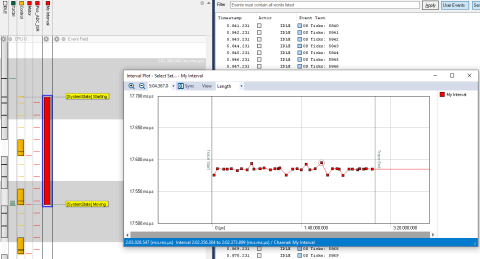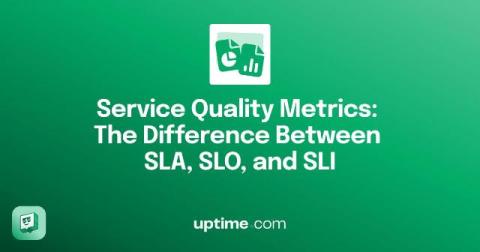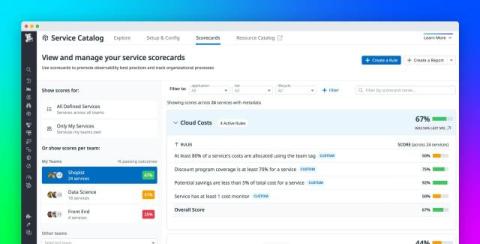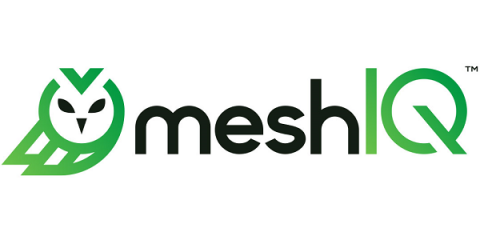Tracealyzer Tips and Tricks
There have been significant improvements in Tracealyzer over the last years. If you haven’t tried it in a while—or if you’re just getting started—here are some tips and tricks that can be handy when analyzing your FreeRTOS applications. As you may know, the TraceRecorder library automatically records task scheduling and FreeRTOS API calls using the standard trace hooks in the FreeRTOS kernel.











